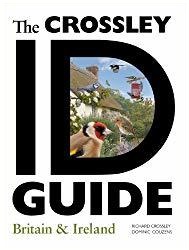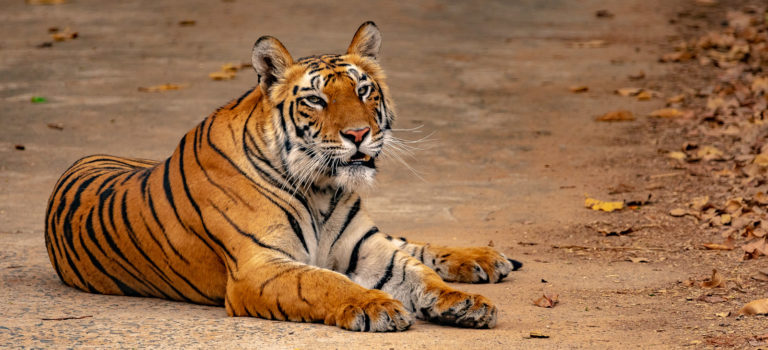

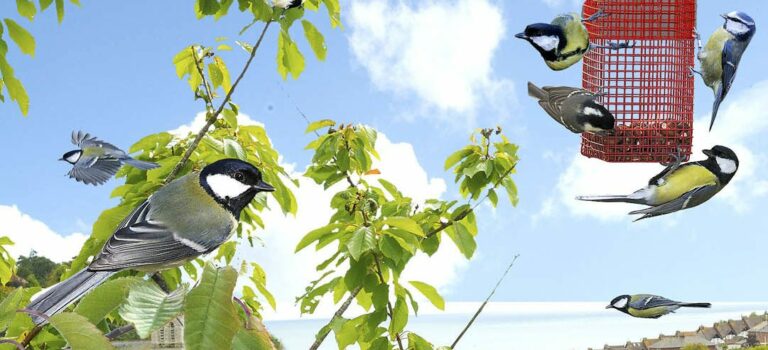
The Crossley ID Guide: Britain and Ireland, by Richard Crossley and Dominic Couzens
You can buy items discussed below via links on this page. If you make a purchase we may receive a commission, at no extra cost to you, and for which we thank you very much! Read more about our affiliate policy.
Every garden birdwatcher needs a good bird field guide. Often, however, you find books that are overly simplified to discuss just a few common garden birds, or confusingly cover all the species in the country including rarities, and not just birds that you are actually likely to see. Whilst the Crossley ID Guide: Britain & Ireland is not specifically a garden bird book, it excludes very rare species and is not too overwhelming. Most interestingly, its novel approach means that this is the closest you get to how you see your garden birds from the kitchen window without binoculars!
Read more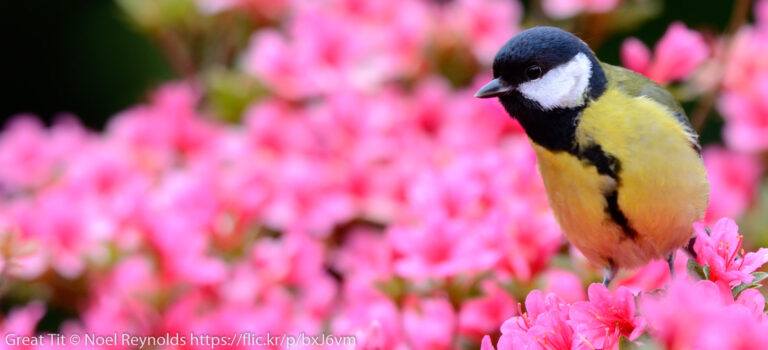
Great Tit
The largest and boldest of the common tit species, the Great Tit is an acrobatic and common garden visitor, famous for its incredible repertoire of calls and songs.
Scientific name: Parus major
Is there anything you’d like to know about Great Tits that isn’t covered here? Please ask us in the comments below.
I hear the Great Tit singing
Great Tit Singing, by Phil Soar
With it’s repetitious trill
And from the songs beginning
It went on with fluent skill
I listened quite intently
To determine where it sat
For the sound was almost friendly
And I’d like to tip my hat
Whilst sitting in the garden
I felt that I should say
‘Great Tit, I beg your pardon
You have really made my day’

Blue Tit
Acrobatic, inquisitive and colourful, Blue Tits are a garden favourite. They are one of the easiest garden birds to attract to nest with a suitable nest box, and they are a frequent peanut feeder once the dominant sparrows are gone!
Scientific name: Cyanistes caeruleus
Is there anything you’d like to know about Blue Tits that isn’t covered here? Please ask us in the comments below.
A blue-tit darts with a flash of wings, to feed
Where the coconut hangs on the pear tree over the well;
He digs at the meat like a tiny pickaxe tapping
With his needle-sharp beak as he clings to the swinging shell.Then he runs up the trunk, sure-footed and sleek like a mouse,
Summer-Like by George Orwell
And perches to sun himself; all his body and brain
Exult in the sudden sunlight, gladly believing
That the cold is over and summer is here again
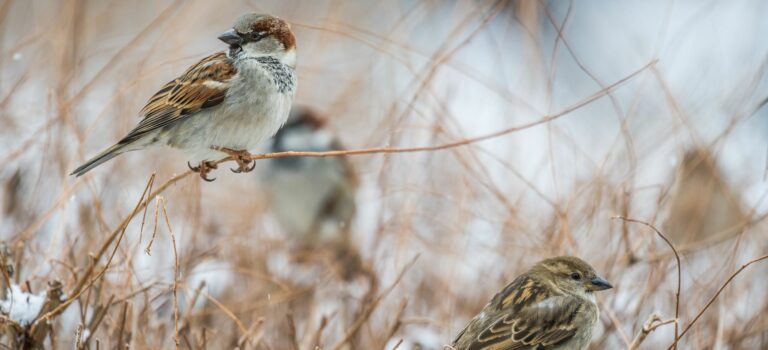
House Sparrow
House Sparrows are cheery and gregarious visitors to gardens, never found far from humans. Their antics are fun to watch, although a small flock can be aggressive towards other birds and prevent them feeding, hence a ‘quarrel’ of sparrows!
Sadly they are becoming rarer with drastic population declines in recent years.
Scientific name: Passer domesticus
Is there anything you’d like to know about House Sparrows that isn’t covered here? Please ask us in the comments below.
On a little piece of wood,
Mr. and Mrs. Spikky Sparrow, by Edward Lear
Mr. Spikky Sparrow stood;
Mrs. Sparrow sate close by,
A-making of an insect pie,
For her little children five,
In the nest and all alive,
Singing with a cheerful smile
To amuse them all the while,
“Twikky wikky wikky wee,
Wikky bikky twikky tee,
Spikky bikky bee!”
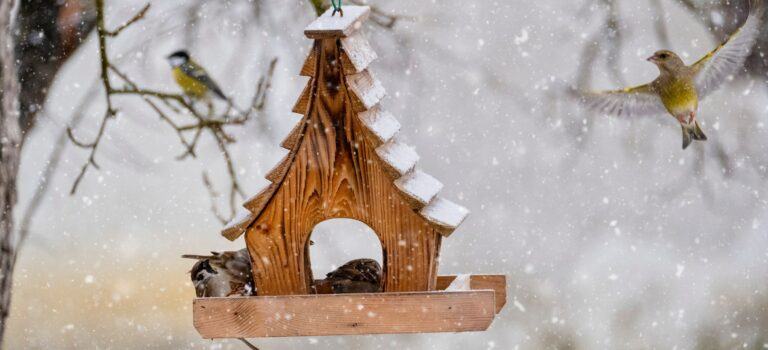
Should I feed birds? Pros and cons
In the UK it is estimated that as many as 3 out of every 4 households feed wild birds, and more than £200 million is spent annually on bird feeding. In the US more than 50 million people feed birds and, according to the book Feeding Wild Birds in America (by Paul J Baicich, Margaret A Barker and Carol L Henderson) the US market was a staggering $4 billion on bird food alone in 2012. It is clear that feeding birds is a very popular pastime, but is it good for the birds?
Feeding wild birds can certainly be considered unnatural. However, humans have altered the natural environment so much, generally negatively and leading to declines in most bird populations, that gardens can conceivably compensate in some way. There is no doubt that feeding can influence most aspects of birds’ lives, including nesting, behaviour, distribution and longevity. The key question is whether feeding wild birds is damaging to the birds or other wildlife.
